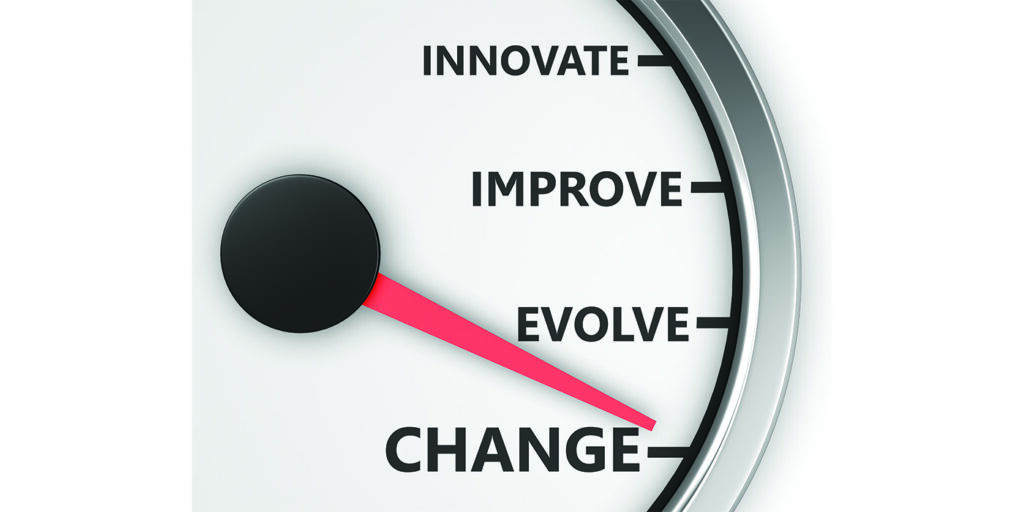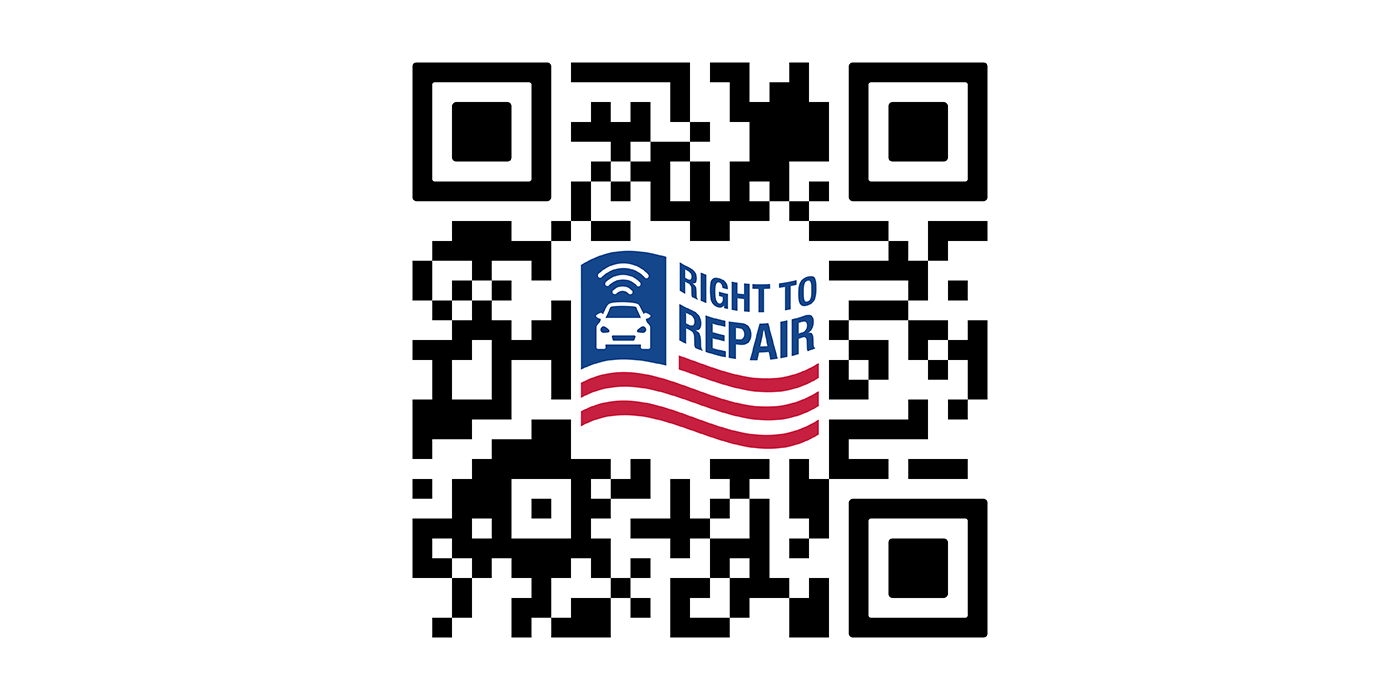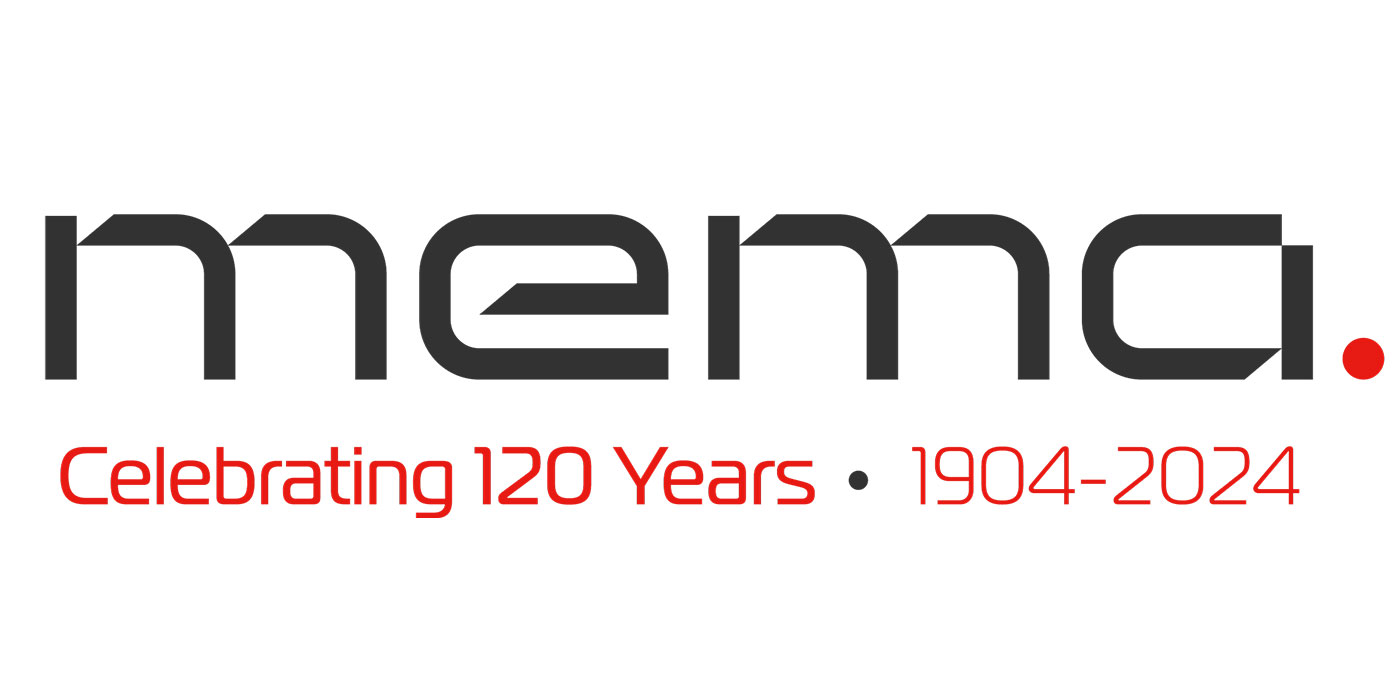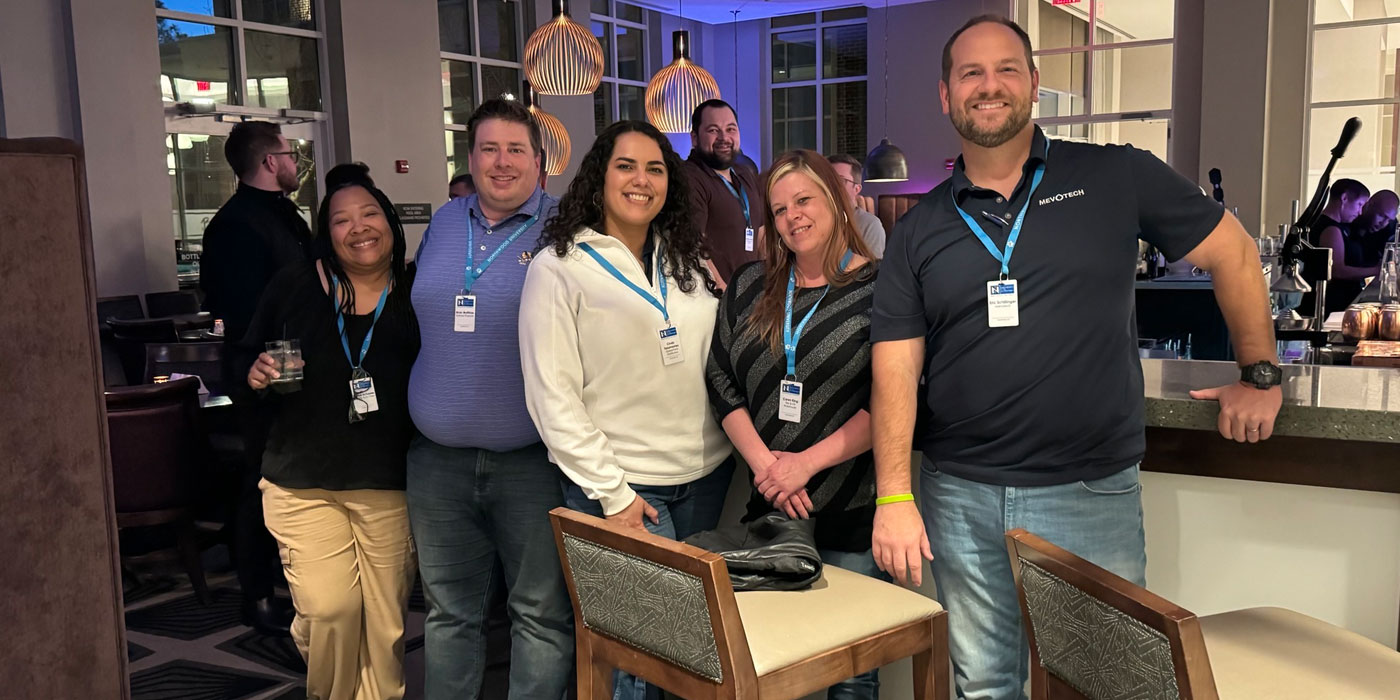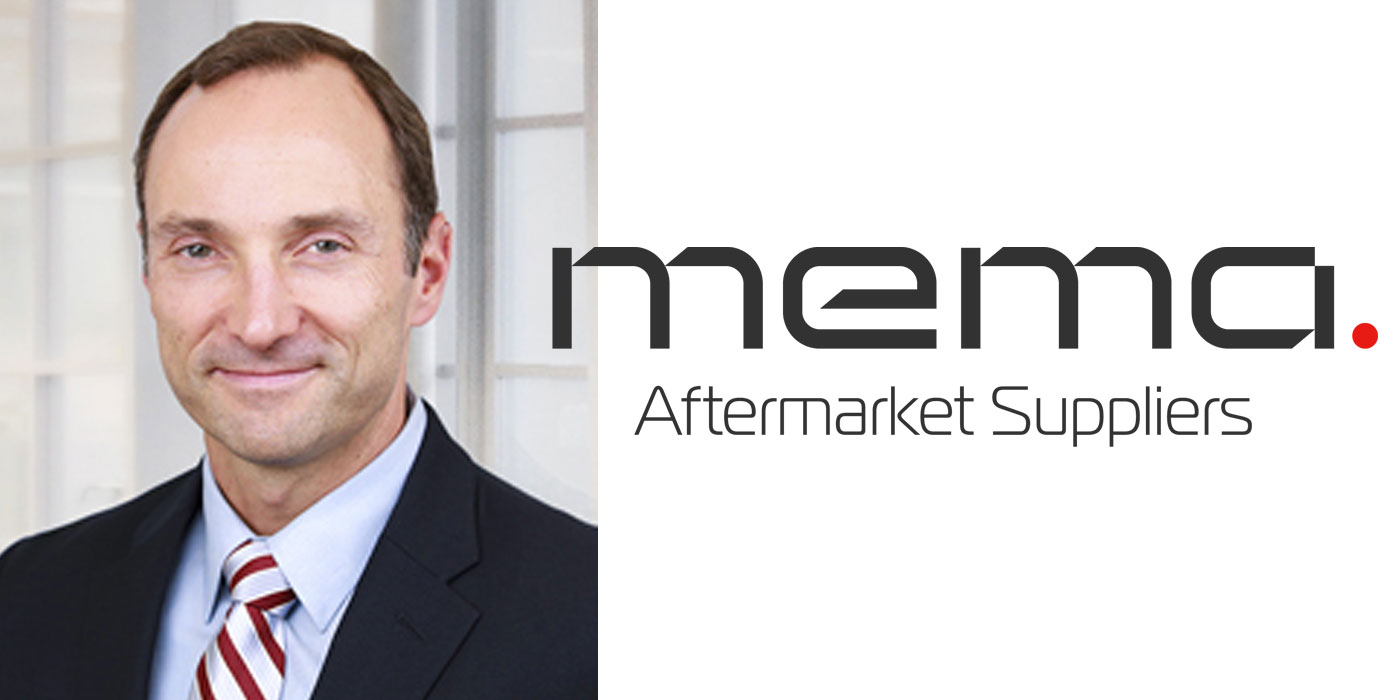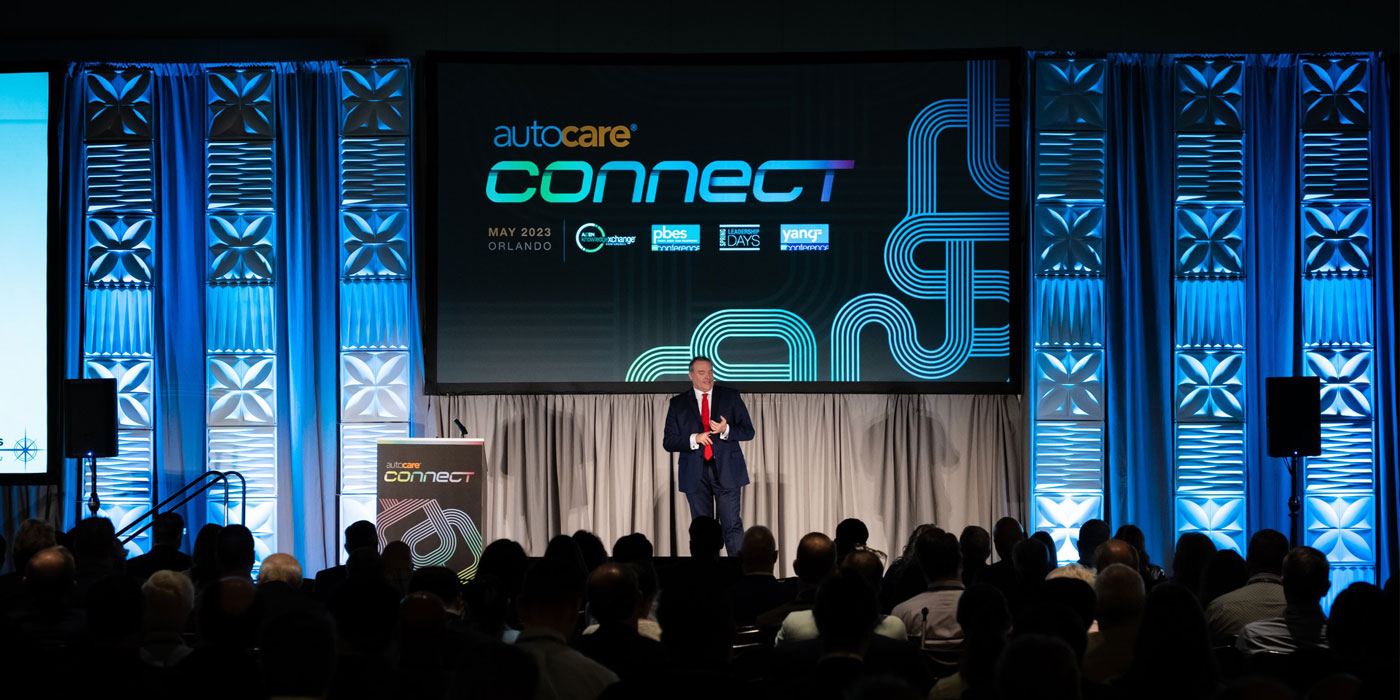The Automotive Aftermarket Suppliers Association’s (AASA) Q1 media call on Feb. 21 highlighted some very positive indices for the aftermarket, including record sales growth, but also cautioned that maneuvering through the pandemic’s resulting shipping- and supply chain-related issues, our industry is operating in an age of uncertainly with yet another disruptor lurking in the wings.
“The only predictable thing seems to be that there will be another unpredictable disruptor. We don’t know what it’ll be, but it seems like we need to be ready for a curve ball every four to six months,” said Paul McCarthy, AASA president and CEO. “So, we have this odd dichotomy that we are very prosperous, but it’s also very hard to be an aftermarket manufacturer and supplier.
“It’s worth remembering Economics 101, that in a market economy, change is the source of profit,” McCarthy continues. “And it is external change that creates opportunities for profit and competitive advantage typically comes from a company’s ability to respond to change. So, this is an environment where you have winners and losers. This is an environment where we may not have it easy, but we can potentially do very well. And, that’s what we’re seeing coming out of the best companies.”
The REPAIR Act
McCarthy’s presentation offered insights into the Right to Equitable and Professional Auto Industry Repair Act (REPAIR Act) – Federal legislation introduced earlier this month – noting that it’s good news to have a bill in Washington to give consumers the right to repair regarding their vehicles. “And, while this is just the start because getting anything done in Washington is like climbing Mt. Everest, this is historic,” said McCarthy, who applauded AASA and its partners at the Auto Care Association for being instrumental in the creation of this bill.
“Our goal is very simple and it’s principles-based. It’s simply defending consumer choice on where and with what parts vehicles are repaired. So, it’s just preserving the very principle of free competitive markets,” continued McCarthy.
He pointed to an independent study done on AASA’s behalf that said, by 2030, 49% of the vehicle parc will be advanced, connected vehicles, and also referenced an industry statistic regarding where post-warranty vehicle repairs are being done: 70% are maintained at independent repair facilities and 30% at dealerships. “That number stayed fairly consistent for decades. It’s also clear from consumer actions that they want that choice,” said McCarthy.
“Should we fail at this, in the relative near future, perhaps 15 years out from any given day, that share might not be 70%; it could be 44% (according to the independent consultants) and continue to drop and [be] focused on very commodity-type items.
“So, it’s our point of view that without Right to Repair, we all lose out, from the OEs to the independent aftermarket. If we make mobility less attractive, more costly, it’s ultimately self-defeating for everybody in the auto ecosystem. So, we do need to come together, get a bill passed that works for consumers, for security and for safety.”
Calling the REPAIR Act the biggest aftermarket advocacy effort since the Magnuson-Moss Warranty Act was enacted in 1975, McCarthy stressed, “we do believe that now is the time to stand up for our industry and for consumers. And, this bill being introduced makes it different. There’s a bill a point to, to say, legislator please support this,” as he encouraged members to send a letter to or meet with their legislators. “This is an election year…. Congress people will be spending a lot of time back at home. So, it’s the perfect time to set up a site visit, set up a virtual meeting with your legislators and just let them know about our jobs, what we give to consumers and that market competition matters. Our key message to our members and to the industry is to make sure that everybody’s voice and everybody’s company’s voice is heard.”
Landmark Study
McCarthy also discussed AASA’s Landmark Study: Aftermarket 2035 that will be unveiled at its upcoming Vision Conference, April 5-6 in Dearborn, Michingan. The study was commissioned as a means to help its members see the road ahead and be prepared.
“We hear it again from our members that the pace of change seems to be accelerating. There’s just arguably more ‘change agents’ than ever — sustainability, connectivity, EVs, ADAS, channel shift, and on and on. So, we’re doing this study… to forecast how these drivers will grow and expand through 2035, how they will impact repair, how they will impact aftermarket suppliers, and filter through it and say which disruptors are real and which can be ignored,” he said. “We are really good in the aftermarket with adapting and innovating. We also need to know what we can implement now to be successful.”
Noting that the timing is right for the Aftermarket 2035 study, McCarthy added, “We’re very intrigued to see what the findings will be, but we invite everybody in this industry to come to [the] Vision [Conference] and learn what will really change, what will stay the same and how we can all make some money off of this.”
Positive Aftermarket Drivers
McCarthy cited two big drivers that are positive barometers for the aftermarket.
First, with low new car inventory and high used car prices, consumers are realizing it’s a good value to keep their current vehicle well maintained. Many are also getting underperformed maintenance done, which bodes well for the aftermarket.
Another longer-term driver revolves around the way miles driven are holding up and even growing. “I think it will grow strongly out of the end of the pandemic, even with the reduction in commuter miles. It exceeded all the forecasts that were out there,” McCarthy said.
The battle of availability was also a topic during McCarthy’s presentation. “I will say from the manufacturers’ standpoint, our orders have remained very strong. The big question is how much of that is orders because everybody’s just desperate. It’s a battle for availability right now; how many people are just trying to get whatever they can to have inventory and how much of that is consumer demand,” he asked. “Based on those macro drivers, unless we get a really bad food price spike or some sort of economic downturn, it seems like the worst case is a slower pace of growth. That’s a really nice scenario to be [in].”
Undoubtedly, our industry is in a supply chain crisis with lots of challenges, but the “end consumer” demand is strong for aftermarket products, noted McCarthy. “So, the demand is there. If you have the parts you can sell them. It’s a testament to our pretty amazing industry and supply chain that we’re still able to keep everything pumping throughout this crisis.”
Chris Gardner, AASA senior vice president, also commented on the industry’s resilience. “Our members have been extremely creative and flexible and versatile in dealing with this. Some even going as far as air-freighting in parts from around the world, as opposed to shipping them.” While it costs more money to do this, it’s offset by the ability to meet demand and ensure customer satisfaction, he said.
“That’s a great point, Chris, given the level of sourcing challenges we have,” noted McCarthy. “It’s because of the innovation and the creativity of our members – the manufacturers – plus [with] cooperation up and down the value chain we’ve been able to satisfy demand as well as we have.”
Gardner added that the amount of communication and collaboration throughout the channel is at the highest level it’s been in decades, albeit partially forced on companies because of supply chain challenges.
So, the overriding sentiment of AASA’s presentation is this: In the face of adversity — a once-in-century pandemic, some of the biggest changes in trade rules in decades, a supply chain disruption of this magnitude, great power tensions between the U.S. and China, a possible land war in Europe, and broad geopolitical uncertainty — the aftermarket meets these challenges head on and does whatever it takes to keep this nation’s 288 million registered passenger and commercial motor vehicles safe, reliable and going strong.
Editor’s Note: Look for Part 2 of this article later this week, as we present information from Catherine Boland, MEMA vice president, legislative affairs, who talked about the many things going on in Washington, D.C. that are impacting aftermarket business, and how AASA and MEMA are advocating on behalf of suppliers.

